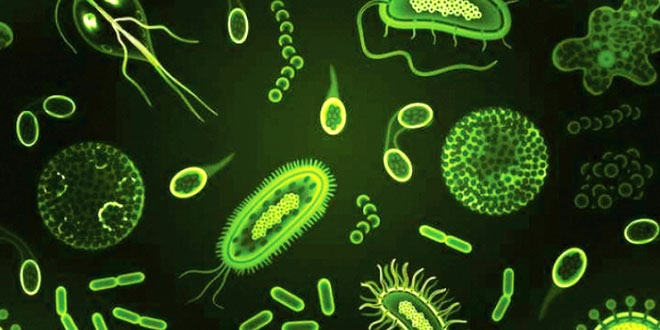Question: Give three examples of the range of variations that you see in life-forms around you.
Answer:
- Small cat and big cow
- Grass and banyan tree
- Black crow and green parrot
Question: Which do you think is a more basic characteristic for classifying organisms?
(a) the place where they live.
(b) the kind of cells they are made of. Why?
Answer: Classification based on living place is more basic as there can be wide variations in organisms living in a given place.
Question: What is the primary characteristic on which the first division of organisms is made?
Answer: Nature of cell is the primary characteristics on which the first division of organisms is decided. Based on this criterion life forms can be classified into prokaryotes or eukaryotes.
Question: On what bases are “plants and animal” out into different categories?
Answer: Mode of nutrition and presence or absence of cell walls.
Question: Will advanced organisms be the same as complex organisms? why?
Answer: Generally due to evolution the complexity is body is body design will increase, So older organisms are simpler while younger organisms are more complex.
Question: Which organisms are called primitive and how are they different from the so-called – advanced organisms?
Answer: Organisms with simple cellular structure and no division of labour are called primitive.
Advanced organisms, like mammals have millions of cells and there are different organs and organ system for different biological functions.
Question: Will advanced organisms be the same as complex organisms? Why?
Answer: Yes, advanced organisms means greater degree of evolution which leads to more complexity.
Question: Whaf is the criterion for classification of organisms as belonging to kingdom Monera or Protista?
Answer: It is the presence or absence of a well defined nucleus. Monera has no nuclear membrane, while Protista shows well defined nucleus.
Question: In which kingdom will you place an organism which is single-celled, eukaryotic and
photosynthetic?
Answer: Protista.
Question: In the hierarchy of classification, which grouping will have the smallest number of organisms with a maximum of characteristics in common and which will have the largest number of organisms?
Answer: Organisms belonging to Kingdom Monera will have the small number of organisms with a maximum of characteristics in common. And kingdom Animalia will have the largest number of organisms.
Question: Which division among plants has the simplest organisms?
Answer: Thallophyta or algae.
Question: How are pteridophytes different from the phanerogams?
Answer: Pteridophytes have naked embryo and inconspicuous reproductive organ whereas – phanerogams have well-differentiated reproductive organs and covered embryo.
Question: How do gymnosperms and angiosperms differ from each other?
Answer: Seeds are naked in Gymnosperms and are covered in angiosperms.
Question: How do poriferan animals differ from coelenterate animals?
Answer:
- Animals from Porifera show cellular level of organisation, while those from Coelenterata show tissue level of organisation.
- In Porifera there is no division of labour, while in Coelenterata some division of labour is seen.
Porifera do not have coelom, while coelenterata have coelom.
Question: How do annelid animals differ from arthropods?
Answer:
Question: What are the differences between amphibians and reptiles?
Answer:
Amphibian:
- Adapted to live in water ad land, can breath by skin in water.
- Skin is moist and soft.
- Respiration is either through gills or lungs.
- Can jump.
- Development is indirect through tadpole stage.
Reptilia:
- Can live in water but need to come to surface to breathe in oxygen.
- Skin is hardened.
- Respiration is through lungs.
- Move by crawling.
- Development is direct with no intermediate stage in life cycle.
 Class Notes NCERT Solutions for CBSE Students
Class Notes NCERT Solutions for CBSE Students





